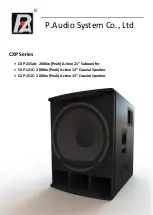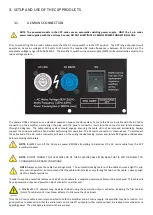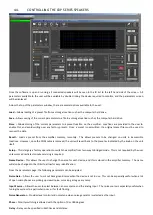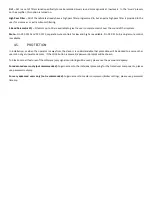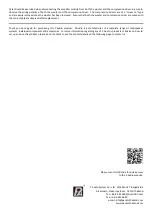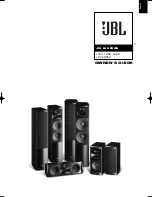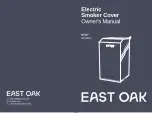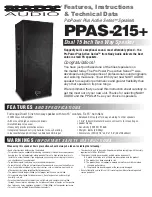
4.4.
CONTROLLING
THE
CXP
SERIES
SPEAKERS
Once the software is up and running, all connected speakers will be seen in the ID list to the left hand side of the screen. All
parameters available to the user will be available by double clicking the device required to monitor, and the parameters screen
will be displayed.
Across the top of the parameters window, there are several options available to the user:
Load
– Allows loading of a preset file from a storage location such as the computer hard drive.
Save
– Allows saving of the current parameters to a file in a storage location such as the computer hard drive.
Store
– Allows storing of the current parameters to a preset location on the amplifier. Locations are provided to the user to
enable this, and avoid writing over any factory presets. Once a preset is overwritten, the original preset file must be used to
recover the data.
Recall
– Loads a preset from the amplifier memory, remotely. This allows presets to be changed on units in inaccessible
locations. However, once the COM cable is removed, the unit will revert back to the preset as indicated by the knob on the unit
itself.
Setup
– This is largely a factory operation to switch the amplifier from two-way to bridged mode. This is not required by the user
unless some drastic last minute servicing is required.
Name Device
– This allows the user to change the name for each device, and this is stored in the amplifier memory. The name
will also be changed in the ID list to allow for easy identification.
From the parameters page, the following parameters can be adjusted:
Noise Gate
– Allows the user to cut out background noise when the device is not in use. This can be especially useful when a lot
of open microphones are picking up crowd noise, or making a stage very noisy.
Input Source –
Allows the user to select between a noise source and the analog input. The noise source is especially useful when
tuning the system to a particular room, or for fault finding.
Noise Generator –
Provides level control and noise type when noise generator is selected as the input.
Phase –
Polarity switching is allowed with the option of 0 or 180 degrees.
Delay –
Delay can be specified in both time and distance.

